Photos courtesy of INEOS
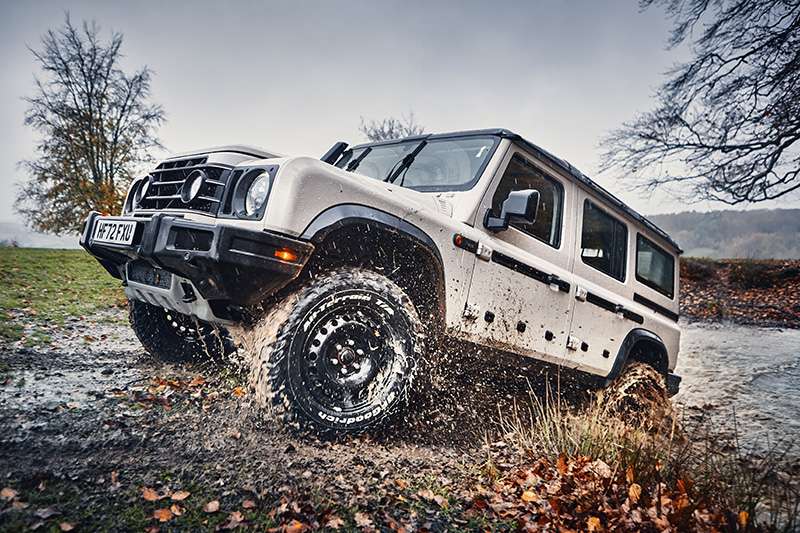
There must be many people out there who lament the move up-market in luxury, price and complexity of the world’s premium 4×4 SUVs. Two or three decades ago, one could buy a utilitarian off-roader with no more than what was necessary to be capable, reliable and comfortable, for the professional who needed a vehicle that could go anywhere.
The product proposition from day one was that the design concept had to be no-frills, it had to have excellent off-road capability, and it had to be uncomplicated, durable, reliable and not expensive to repair.
A few of those people got together in the Grenadier Pub in London several years ago, and one of them, Sir Jim Ratcliffe, was and is the Chairman of INEOS, one of the world’s largest industrial companies, and an off-roading fan and adventurer. He and his company had the resources to design, engineer and produce just such a vehicle, and INEOS Automotive Limited was formed and a senior team of automotive professionals assembled to bring the vision to reality with a fresh perspective of 4×4 development and manufacturing. The fruit of their labour, the INEOS Grenadier, is being launched this year in many world markets. We got to drive it in its home market, the United Kingdom, specifically in the Scottish Highlands in the winter.
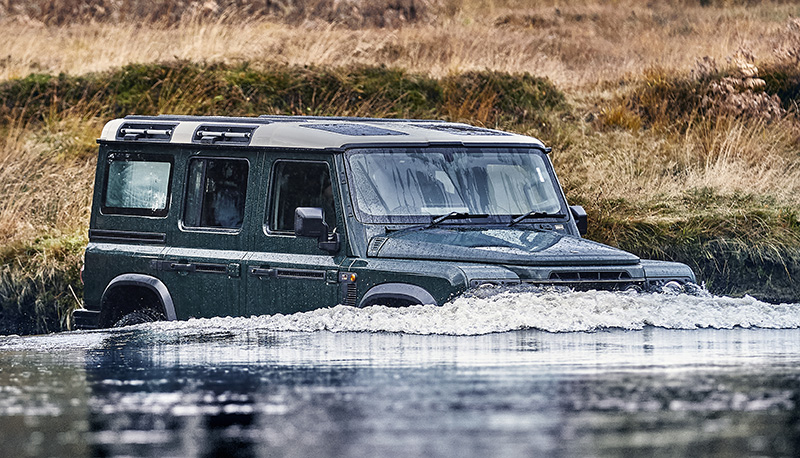
Certainly, the Grenadier reminds one of a Land Rover or Mercedes G-Wagen from decades ago, and one has to think that is no coincidence. The body is all straight lines and flat surfaces, the better to maximize space within it, and to provide mounting points for all manner of off-roading gear, some of which will be attached to the optional Utility Belt rail system on each side of the Grenadier. The roof bars and roof strips enable loads to be mounted and secured directly, without a roof rack. There are mounting points, wiring and interior switches already installed for accessory lighting. Just a few examples of how ready this vehicle is for being equipped to go far off the beaten path.
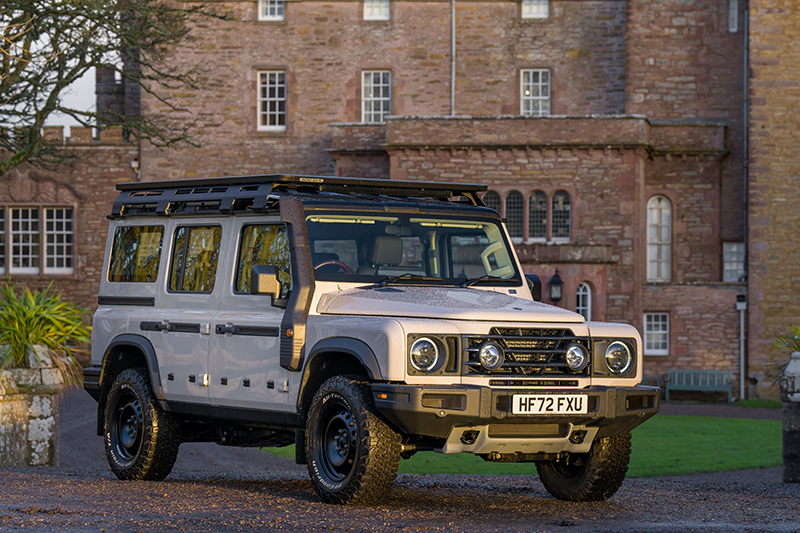
The Grenadier was engineered from the ground up to handle the rough stuff, and get back to civilization. Naturally, it is a body-on-frame design, with said frame being a simple but rugged ladder design to which are attached two beam axles with differential locks (by Eaton), a two-speed transfer case (by Tremec), permanent four-wheel drive, and a recirculating-ball steering system, which is “old tech” these days, but robust. None of this is especially conducive to vivid on-road performance; the Grenadier was solid and stable on the narrow country roads and highways of Scotland, but one was always aware of its slower reactions during cornering. The coil-spring suspension gave a comfortable ride, and the large brakes (by Brembo) were smooth and fade-free.
Under the hood in North America-destined Grenadiers is a BMW-sourced 3.0-litre turbo gasoline straight-six engine with 283 horsepower and 332 pound-feet of torque, backed by an 8-speed ZF automatic transmission with heavy-duty internals. Needless to say, this combination was impressively flexible and capable of moving the big Grenadier quite smartly in any conditions. We had the chance to drive a version with a BMW diesel six, but unfortunately, since BMW is no longer selling diesels here, nor will INEOS. The company admits to other drivetrains being in development, for release in due course.
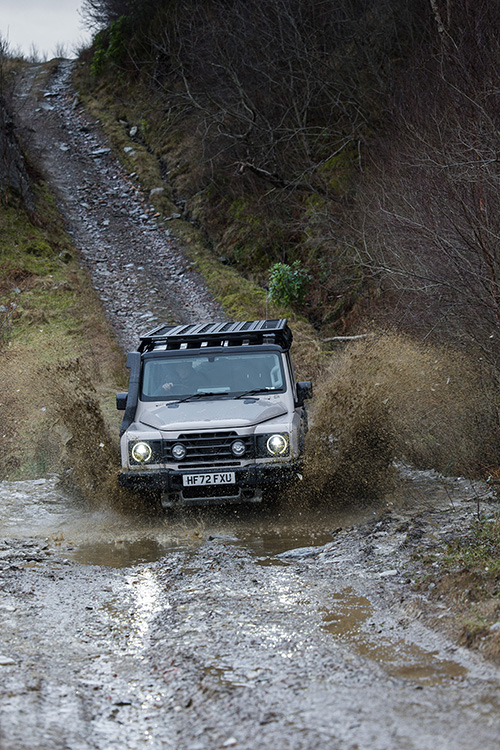
For North America, it is expected that the Grenadier will be available in two versions. The Fieldmaster is the more outdoor adventure-oriented model, with a few items considered luxurious by INEOS, like heated leather seats and alloy wheels. It would be more suited to be an everyday vehicle, while the Trialmaster model is more the hard-core off-roader, with equipment including steel wheels, raised air intake, exterior utility belt, and an auxiliary battery. In addition, it has what INEOS calls the Rough Pack, which adds front and rear differential locks and BFGoodrich All-Terrain KO2 tires. It is this last version that we base our driving impressions on.
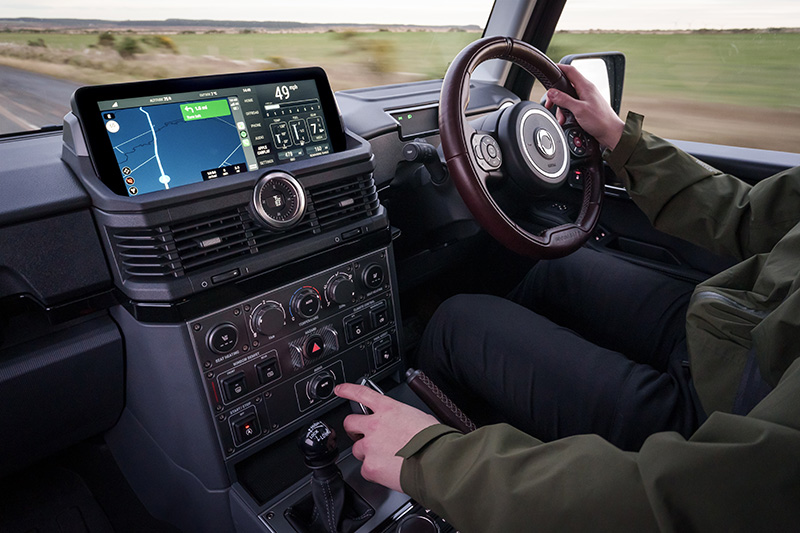
The Grenadier’s interior is very much a ‘form follows function’ approach, with all the comfort and safety one would expect, but little of the kind of luxury that other premium SUVs have gravitated to. INEOS has tried to keep things analogue and mechanical, with, for example, large well-spaced twist knobs that can be used while wearing gloves, but of course, there have to be electronics on board, in this case the Central Control System accessed by the 12.3-inch touchscreen, on which all info is displayed. Also, there is Apple Car Play and Android Auto. Available is Pathfinder off-road navigation, a bespoke, waypoint-based GPS guidance system that uses latitude and longitude.
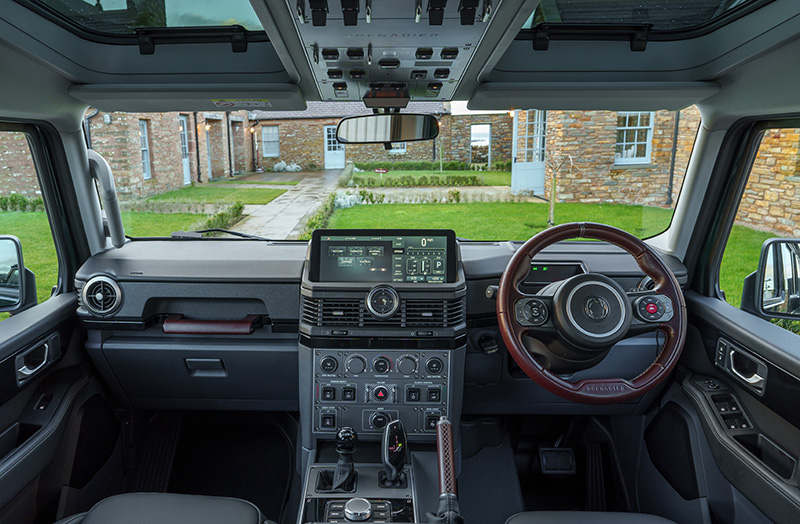
Everyday vehicle controls, such as HVAC, are located in the centre stack under the screen, but look up, and you’ll see the overhead control panel, reminiscent of an old airliner, containing off-road switchgear and functions such as the Off-Road and Wading Modes, the (optional) axle differential lock buttons, Downhill Assist, as well as prewired auxiliary switches which can be used for options or accessories such as winches or light bars.
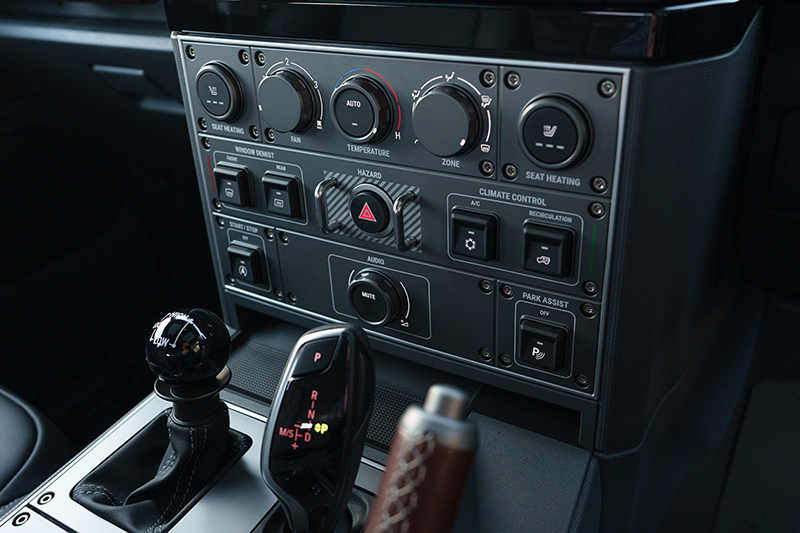
The eight-way manually-adjustable cloth-and-vinyl Recaro front seats are very supportive, especially laterally in the backrest, for comfort in the rough going. The rear seats are very nearly as nice to spend time in, with adequate room for two adults (or three smaller folks). The rear cargo area is not huge, but certainly big enough for normal luggage, and accessed via swing-open doors of 70/30 size. As well, there are five drain plugs in the footwells, as the Grenadier’s interior can be hosed out, without risk of damaging electronics or wiring.
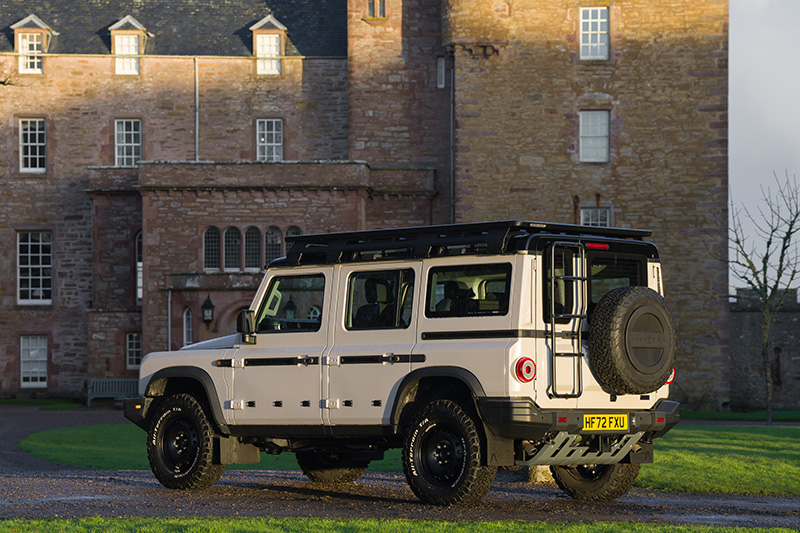
So, we mentioned the on-road driving impressions, but the Grenadier is optimized for off-tarmac work, and at this, it shines. We experienced just about every type of off-road low-traction situation you can imagine, from icy boulder-strewn hillsides both up and down, to muddy ruts, to several inches of snow, and the Grenadier handled them all with aplomb. We asked one of the engineers if any consideration had been given to air suspension to raise the body and yield more ground clearance, and he answered in the negative, as it would add complexity and cost, and not measurably improve the Grenadier’s off-road capabilities.
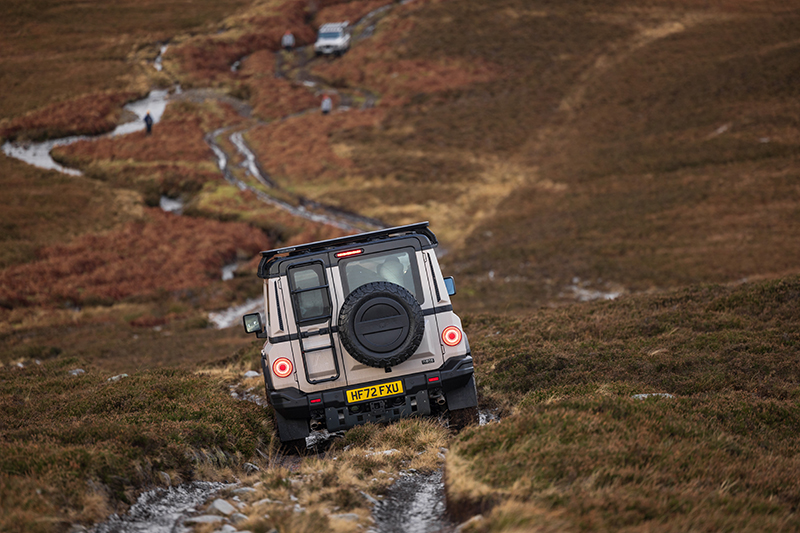
All Grenadiers are built in Hambach, France, in the former Mercedes-Benz Smart factory. At this writing, the Grenadier’s Canadian price has not been confirmed, although when INEOS started taking reservations for the Grenadier a year ago, the base price was estimated to be in the mid-$80,000 range. So, one would think that most of the 1,000 or so people in Canada who have their names down for one will be looking at a low-six figure price tag for a well-equipped Grenadier.
Nor have dealers been confirmed. We are told to expect to be able to buy a Grenadier in at least Toronto, Calgary and Vancouver, and one would expect another few cities to be on the roster. The price and dealer info should be available by mid-year, with deliveries beginning in the autumn.
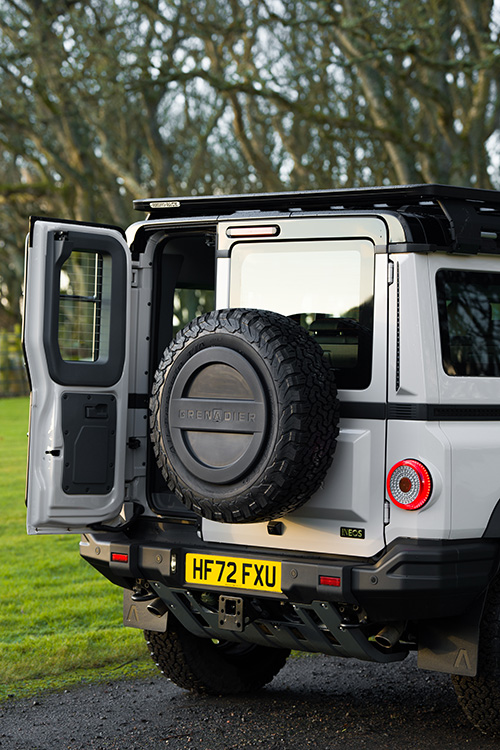
In any case, the INEOS Grenadier looks to be a rather compelling 4×4 SUV proposition, for those who want only what is important to reliably and capably get the job done off-road, and none of the expensive frills most premium-brand SUVs have these days.




